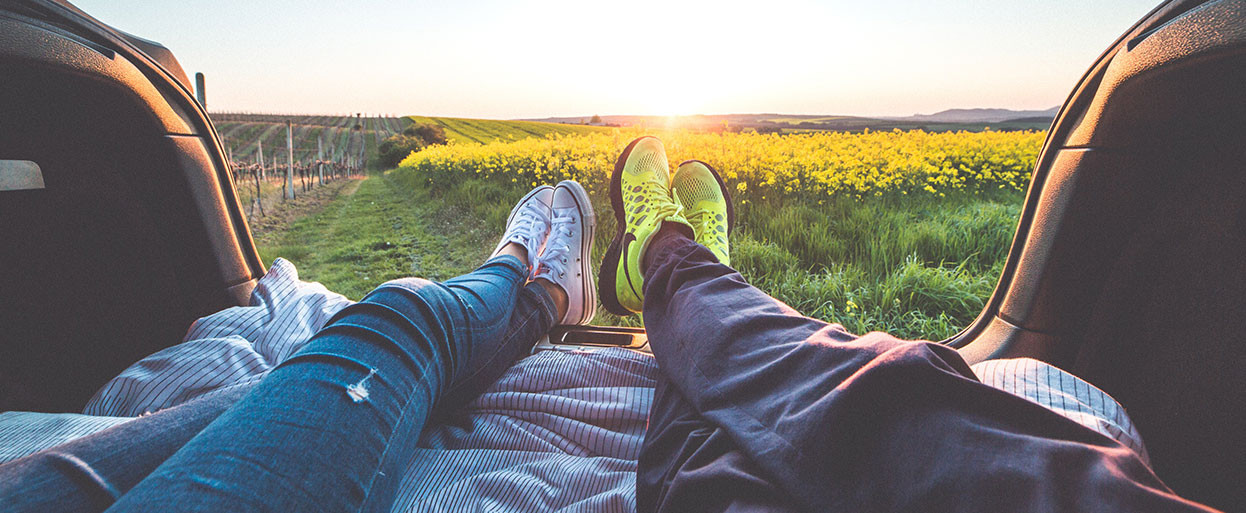8 Essential Photoshop Skills Every Photographer Should Know
21 March 2019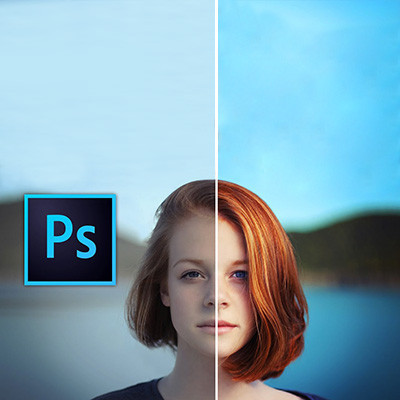
Photoshop is a handy tool in extracting much more detail from a photograph. It is the difference between a lifeless sky and beautiful lush clouds. Underexposed portrait photography or a luscious #moodygrams post that’s trending on instagram. So many color corrections and editing tools that range from simple adjustments to full blown photo manipulation. Below are a few skills every photographer should know.
1. Lens Profile Correction
This is the first thing that you have to correct before applying any other changes to your photograph. It removes some of the warping from the lens, and varies based on which lens you use. You can find almost all the lenses and models listed in the profile correction settings.
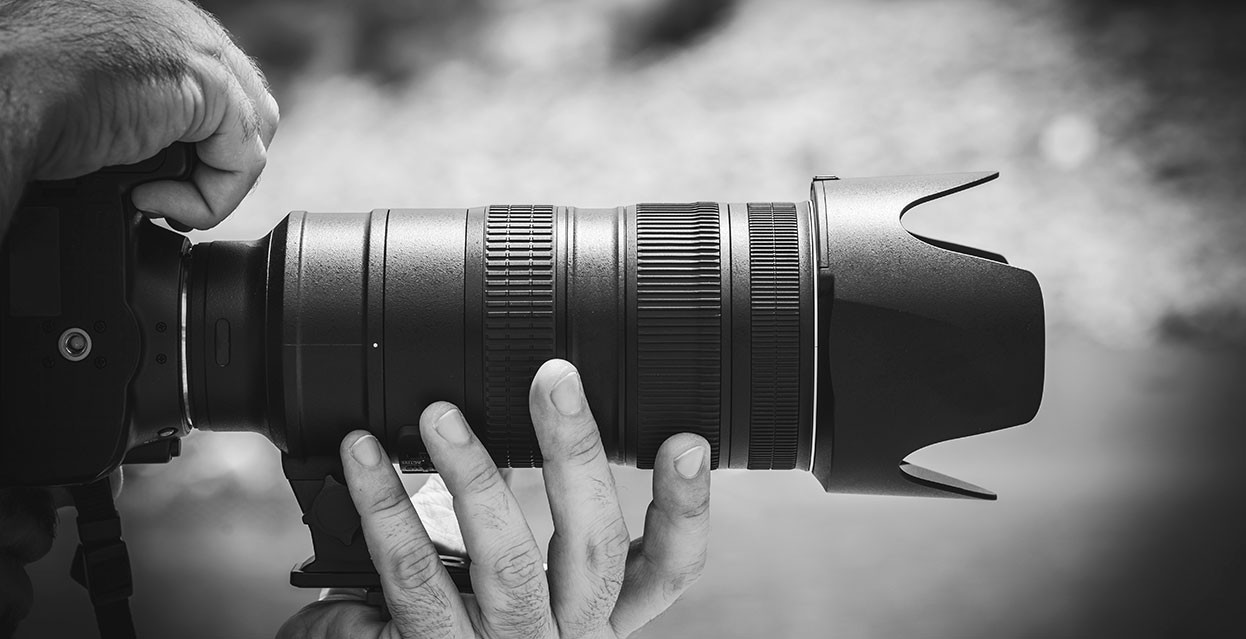
2. White Balance
Setting the white balance brings the model’s skin tone to a more natural level. You can adjust this by setting the temperature and tint of the photograph. If your intent is to edit into a specific mood, such as a cold and eerie lifeless blue tones, or the warmer and relaxing orange tones which reminds you of a late summer afternoon. Go ahead and play with that slider until you get a feel for how you want your photograph to look.

3. Brightness
Shooting in an outdoor environment or in situations where you are not in control of the lighting may cause over or underexposed photographs. Adjusting the exposure and contrast values has a very natural effect on the overall brightness of the photo. If you want to take it a step further you can use the tone curve and bring up the blacks or dampen the whites to flatten out the image and give a bit of a washed out look.

4. Level and Straighten
Leveling out straight lines or horizons eliminates the distraction of a slightly tilted photograph. You can correct this in post-production, but it is good practice to take the photo as level as possible when you’re out shooting. Buildings or tiles on a wall is a great reference and becomes move evident in cropped images.

5. Spots and distractions
You can remove blemishes and distracting things with the spot healing brush tool. Photoshop automatically assembles part of the photo with the information around it as you’re brushing over it. Keep the brush tool only as big as the spots you’re trying to remove to achieve the most accurate results. For larger objects like a fence in landscape photography, or people sitting on the beach ruining your perfect sunset. You could use the lasso tool to outline the person or object carefully, and then go to edit – fill – content aware fill. Photoshop will calculate what needs to be replaced from the surrounding pixels, and make it look like the object wasn’t there when you took the photo. This method isn’t always perfect and you may need to touch up the fill with a simple clone stamp.

6. Noise reduction
Part of what makes a good portrait shot on a cellphone is the algorithms that detect the type of photo that you’ve taken and it applies a filter. DSLR cameras are more straightforward in capturing an image and does come with an in-camera de-noise function. You are bound to have some noise in your photograph especially in low light photography, which can be severe if you increase the exposure of your photo by a lot. Set the de-noise function to affect the luminance and move the slider until you feel that your model’s skin looks good. Be careful not to overdo this as you don’t want to make your model look like a porcelain doll!
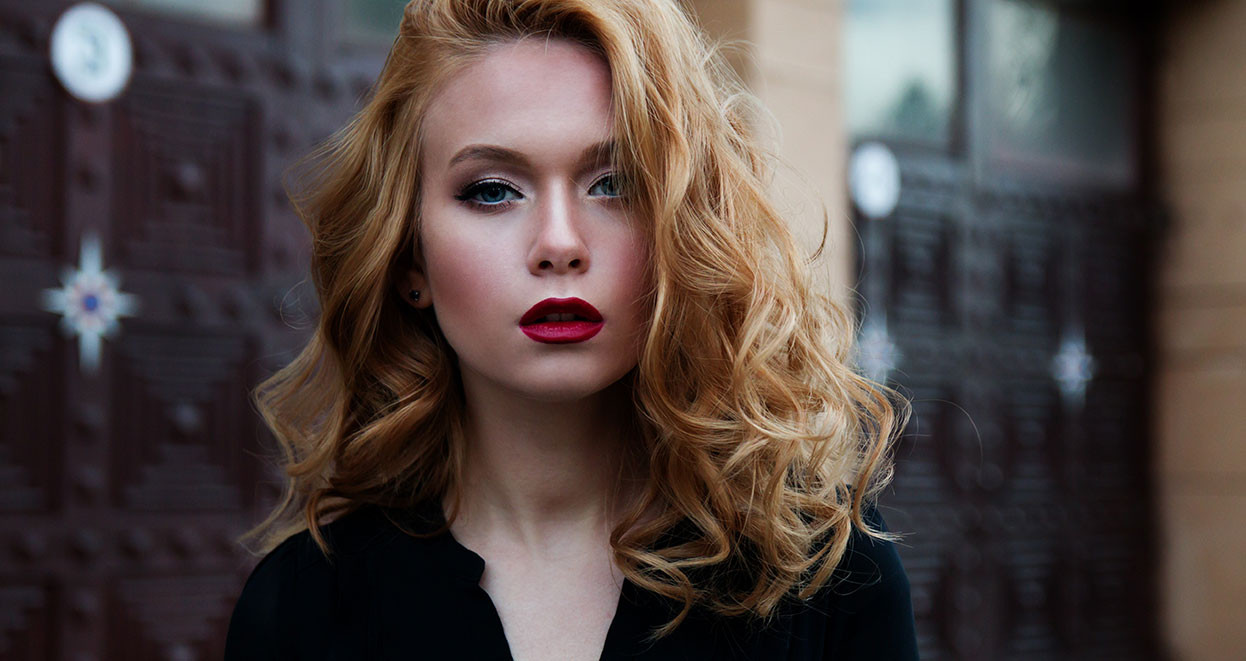
7. Split Toning
Giving the highlights and dark colors a different tone adds depth and mood to a photograph. A portrait night shot can be transformed to a dreamy neon shot in an urban environment. Or a forest based nature shot can give those dark colors a green tint to add to the feel of being between the trees.
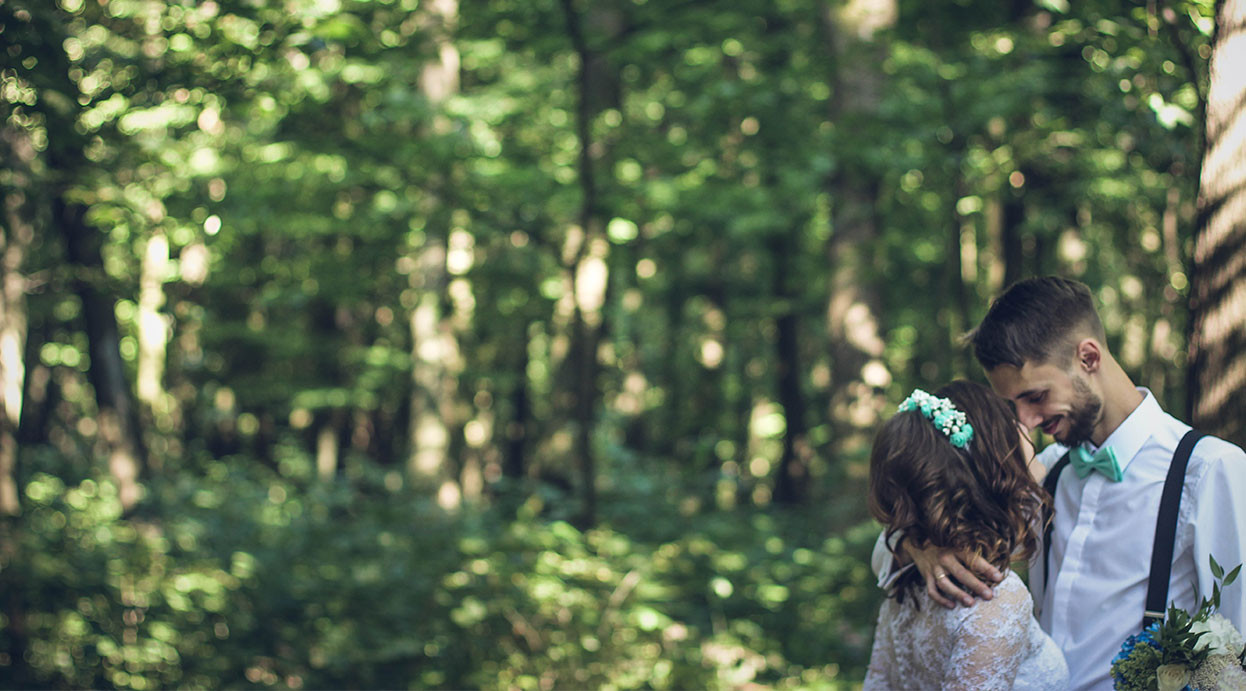
8. Take a break and come back to your image
When you’re editing a photo, it is easy to get caught up in the process and overdo or miss some things. Take a break and go do something else for a while. Make some coffee or send that email. How long a break you need varies from person to person. When you take another look at your photo you will immediately pick up on things that you might have missed before.
